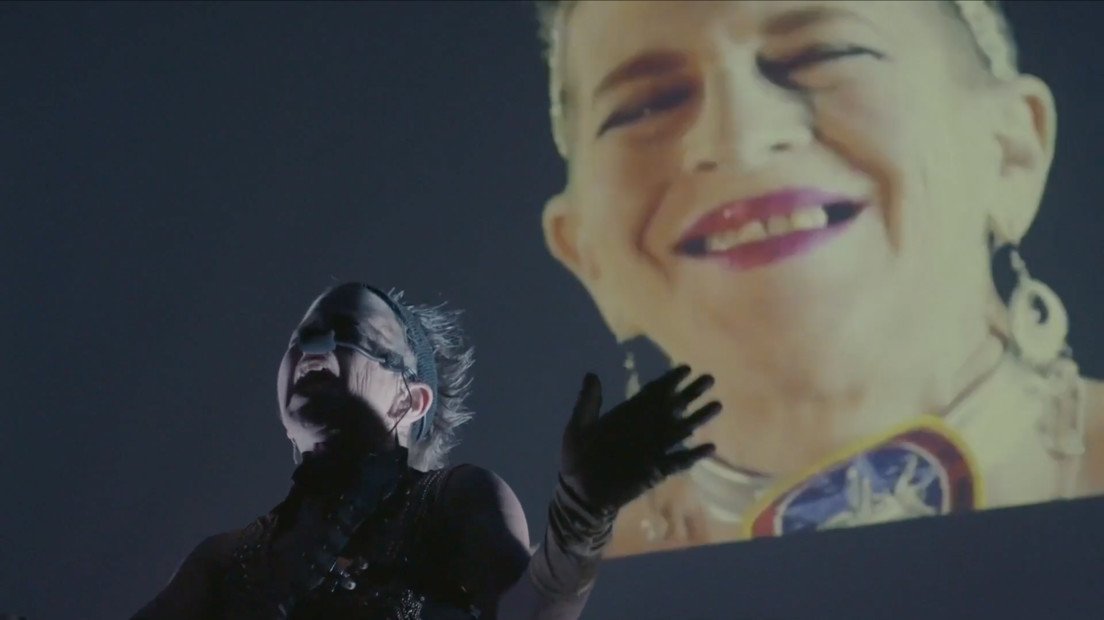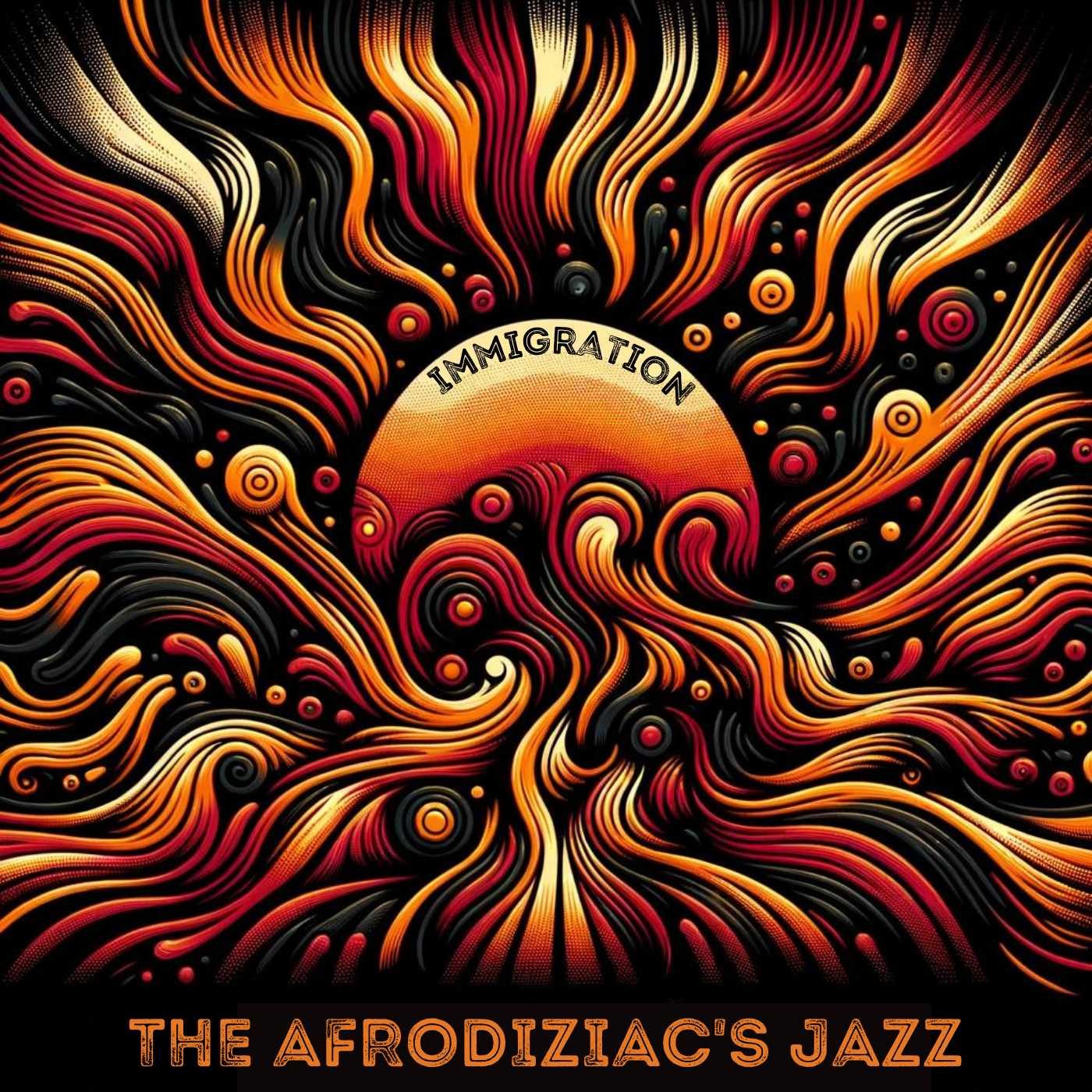Warts and All Sassyfras Doc Leans into the Warts

Valerie Sassyfras onstage in “Nobody May Come”
“Nobody May Come” is a better movie than an ad for its subject.
Nothing in Nobody May Come makes Valerie Sassyfras’ life look glamorous.
The 2022 documentary about her presents Sassyfras as an older woman working hard to stay in the music game, a game it’s not clear that she understands. Filmmakers Ella Hatamian and Stiven Luka show her taking almost any gig she can get, which is a logical extension of her time playing Piccadilly Cafeterias, but that strategy frequently puts her in front of a number of audiences indifferent to her efforts to entertain them. The eccentricity of her act makes many of the gigs bold if not bad choices, but if nothing else, Nobody May Come is a testament to Sassyfras’ determination, and it shows at The Broad on Thursday night with live music and a Q&A with Valerie Sassyfras.
Hatamian and Luka won Best Cinematography at The New Orleans Film Fest in 2020 and Best Documentary at The Toronto Film Fest 2022, and their camera gives the story heft. The world is full of documentaries that serve as love letters to the filmmakers’ favorite musicians, but the cinematography is often pedestrian, which makes the story feel run of the mill as well.
That’s not the case with Nobody May Come, where the camera focuses on the people at the bar watching sports on TV while Sassyfras performs, perhaps unwatched, on the patch of floor that serves as a de facto stage. When she plays an outdoor show, the camera makes the contrary but dramatic choice. Instead of protecting the artist by closing in to capture only her, Hatamian and Luka pulls back to let viewers see how many people aren’t there, which invites viewers to think about her performance and how that might contribute to the sparse attendance. The camera choices regularly add nuance and complexity to an already challenging story.
Sassyfras is one of those figures who flirts with the “naive” label. She’s not naive in the sense of being self-taught and developing her own artistic form and language, but it’s not clear that she understands the marketplace or her place in it. When she dances, you wonder if what she sees in her mind’s eye and what we see in front of us line up, and a similar disjunction exists in the gap between her estimation of her songs and the way they’re received. She calls “Girls’ Night Out” her hit, which stretches the meaning of “hit.” It’s her best known song with the memorable line, “I’m horny and I’m lazy,” and at the time of shooting it was her vehicle on to America’s Got Talent.
On AGT, Sassyfras’ performance of the song got her through the first round, but she got nixed before she finished her performance in the second round. The film inadvertently reveals some of the mechanisms of the show, but we see her respond by taking the rejection at face value, which again makes viewers wonder about her. Couldn’t she see that the show is show biz, and that she was always going to run into the buzzsaw? That it wasn’t made for talents like hers? There hasn’t been anyone like her on AGT before, and she’s pretty sui generis in real life as well. Doesn’t she realize that?
What Sassyfras knows is always part of the question, and Nobody May Come doesn’t answer it.
It’s a fascinating film, though. I can’t recall a documentary where my feelings for its subject remained fluid throughout the movie. There are times when Hatamian and Luka’s camera seems unkind, most obviously when Sassyfras is feeling ill and is upset that they’re shooting her when she’s clearly not well, but watching her make runny eggs felt like an intrusive moment at her expense as well. Then again, at points you’re invited to sympathize with her and the apparent loneliness of her musical life. Sassyfras not only performs alone on most occasions, but she drives by herself to and from gigs, and we often see her trying to deal with the drive-through at Popeyes on her way home.
In one of the strangest twists, Nobody May Come covers tensions between Sassyfras and her family that resulted in her mother taking out a restraining order against her. Sassyfras is estranged from her sister, who she believes engineered her issues with her mother, but Sassyfras’ defensive posture regarding accusations that she coerced her mother into giving her money doesn’t put the doubts to bed.
One through line in Nobody May Come is her relationship to her husband, who was a musician who died in 2018. He brought her into his band, and some of the most moving moments come when she sings his songs, not because the songs are so great but because she’s so emotionally invested in them. They seem engineered for the film and not spontaneous moments, but they stand out anyway because Nobody May Come has few clear, unironic, emotional expressions that aren’t accompanied by a subverting undercurrent.
Nobody May Come is a dubious ad for Valerie Sassyfras, but since Hatamian and Luka’s camerawork is very evident, it’s also honest in the way their choices make the storytellers part of the story. We’re as aware of the people behind the camera as the woman in front of it, and that makes the movie a much richer experience.
Valerie Sassyfras will play a short set starting at 7 p.m. at The Broad Theater before the screening of Nobody May Come, and she’ll be part of a Q&A session after the film.
Creator of My Spilt Milk and its spin-off Christmas music website and podcast, TwelveSongsOfChristmas.com.






